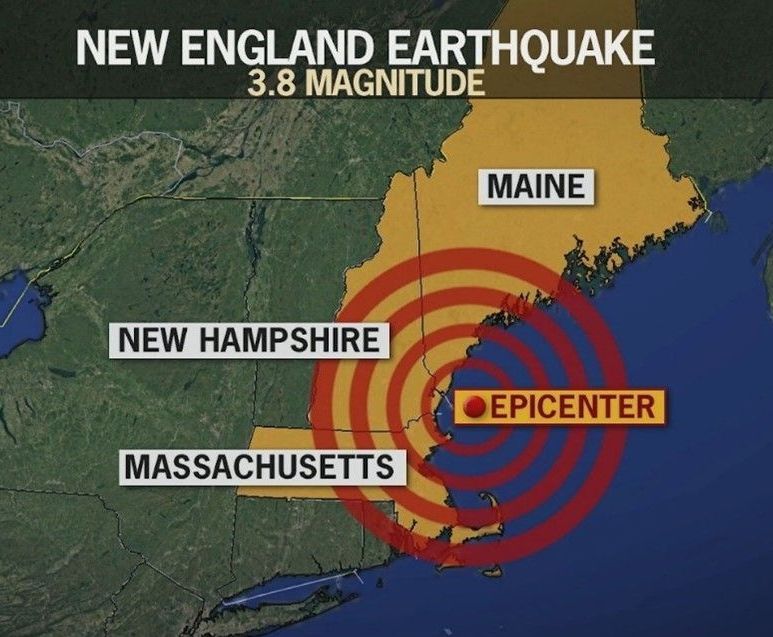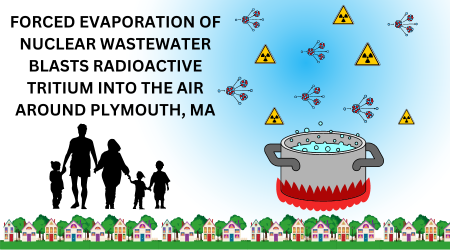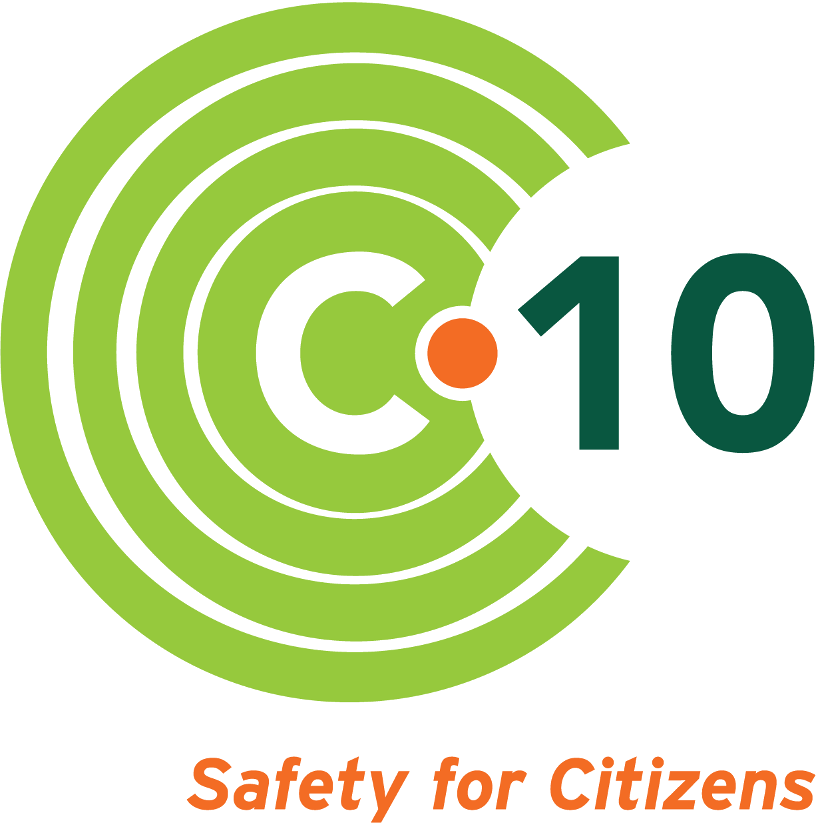Siding with Safety
C-10’s analysis of the recent ruling on Seabrook’s concrete, and why it matters

As we reported
in a recent blog, the Atomic Safety and Licensing Board of the US Nuclear Regulatory Commission has ordered the Seabrook Station nuclear plant to improve the way it manages the serious problem of degraded concrete called alkali silica reaction (ASR).
A public version of the initial ruling
was issued on September 10.
This case, and the stronger testing and monitoring ordered by the Board, would not have happened without C-10's years of effort and the help of our world-renowned expert Dr. Victor Saouma and our attorney Diane Curran. I want to stress that this ruling is a big deal for public safety across our region, and will impact how ASR is regulated at nuclear plants across the nation.
C-10 has created a summary document called " Siding with Safety ," that describes the Board's ruling and highlights passages from the 200 page document that demonstrate the severity of the issue, and the seriousness with which the Board’s judges considered this case.
In their ruling, the Board wrote repeatedly that Seabrook's protocols were insufficient to protect public health and safety, and determined that better and more frequent testing and monitoring must be implemented to ensure that NextEra Energy Seabrook, LLC will know whether the concrete meant to contain radiation is at serious risk of failure.
While the Board ultimately approved the plant's concrete management program, it did so with four new license conditions that direct NextEra Seabrook to conduct much more frequent and stringent monitoring and engineering evaluations in a number of situations. They are:
- Monitoring concrete expansion – NextEra will have to increase the frequency of instrumentation monitoring by twenty-fold, moving from proposed intervals as long as ever ten years, up to monitoring every six months.
- Monitoring reinforced steel – Under certain conditions, NextEra must develop a monitoring program to either anticipate or monitor rebar failures.
- Knowing when to monitor more aggressively – If the degradation-related expansion rate in any area of a “seismic Category I” structure significantly exceeds 0.2mm/m per year, NextEra must evaluate whether to implement more frequent monitoring.
- Looking deep inside the concrete – Each concrete core extracted from Seabrook must undergo a detailed microscopic petrographic evaluation to detect microcracks.
We hope you will take a look at our info sheet. Lots more info, including timeline and links are at c-10.org/challenge-to-seabrooks-concrete-monitoring.
While C-10 was generally pleased with the weight given our expert's testimony and the fact that the Board will require better testing and monitoring, Dr. Saouma is concerned that the conditions won't achieve the desired result for protecting public health and safety without some specific and measurable guidelines. We proposed these to the Board in the form of supplemental testimony. In mid-November, we learned that the Board denied our motions, and the conditions stand as ordered. We are proud that we gave it our best shot, even though the effort was denied because it didn't meet the legal threshold required to reopen the case.
The good news is that the conditions above became effective immediately when they were ordered by the Board, and are now part of Seabrook Station's operating license.Rest assured that C-10 will be keeping tabs on safety inspection reports and communicating with the NRC's resident inspector about alkali-silica reaction at Seabrook Station. We will continue to press for maximum oversight, transparency, and the best scientific methods available as technology evolves.
Follow us



